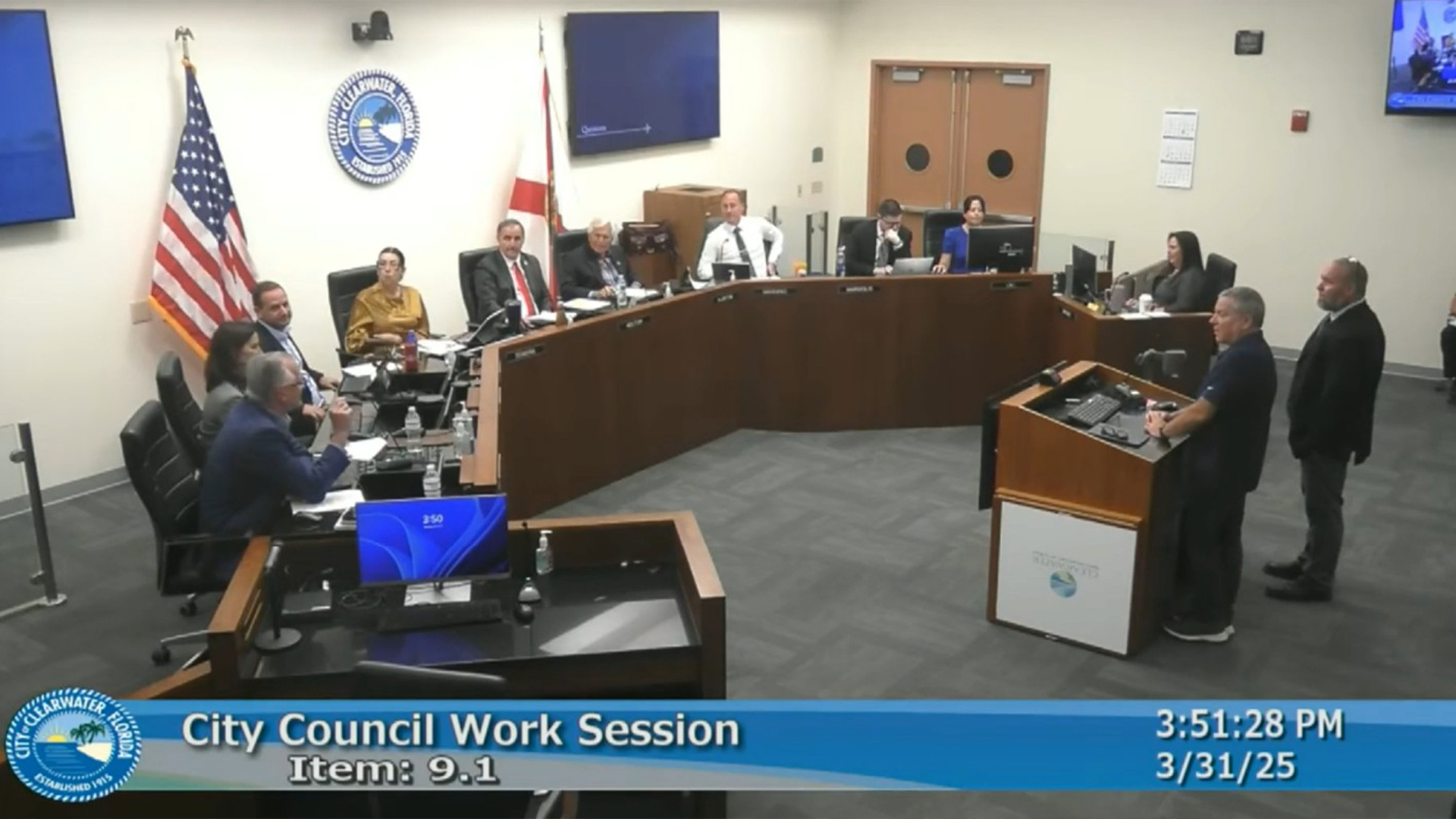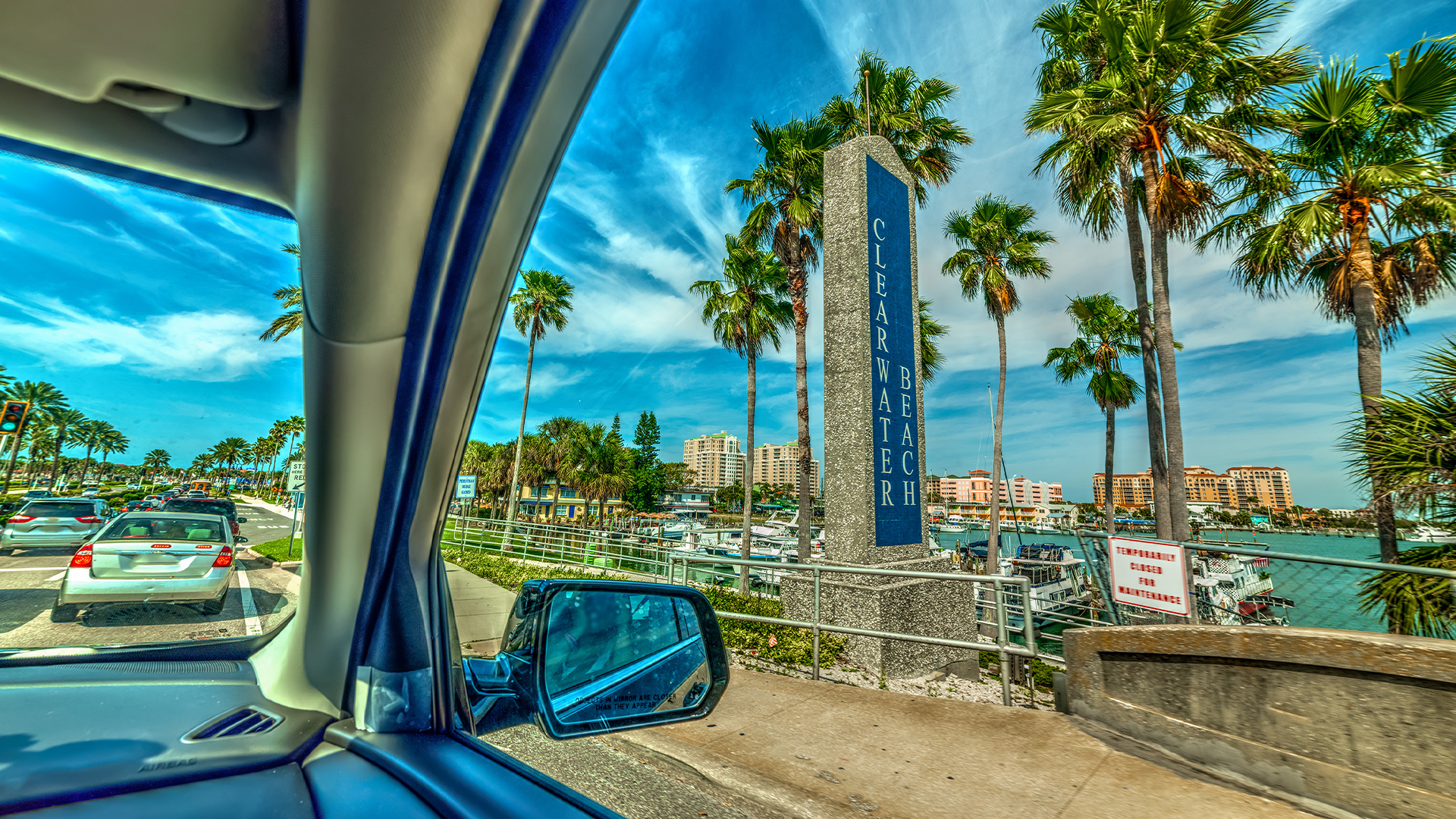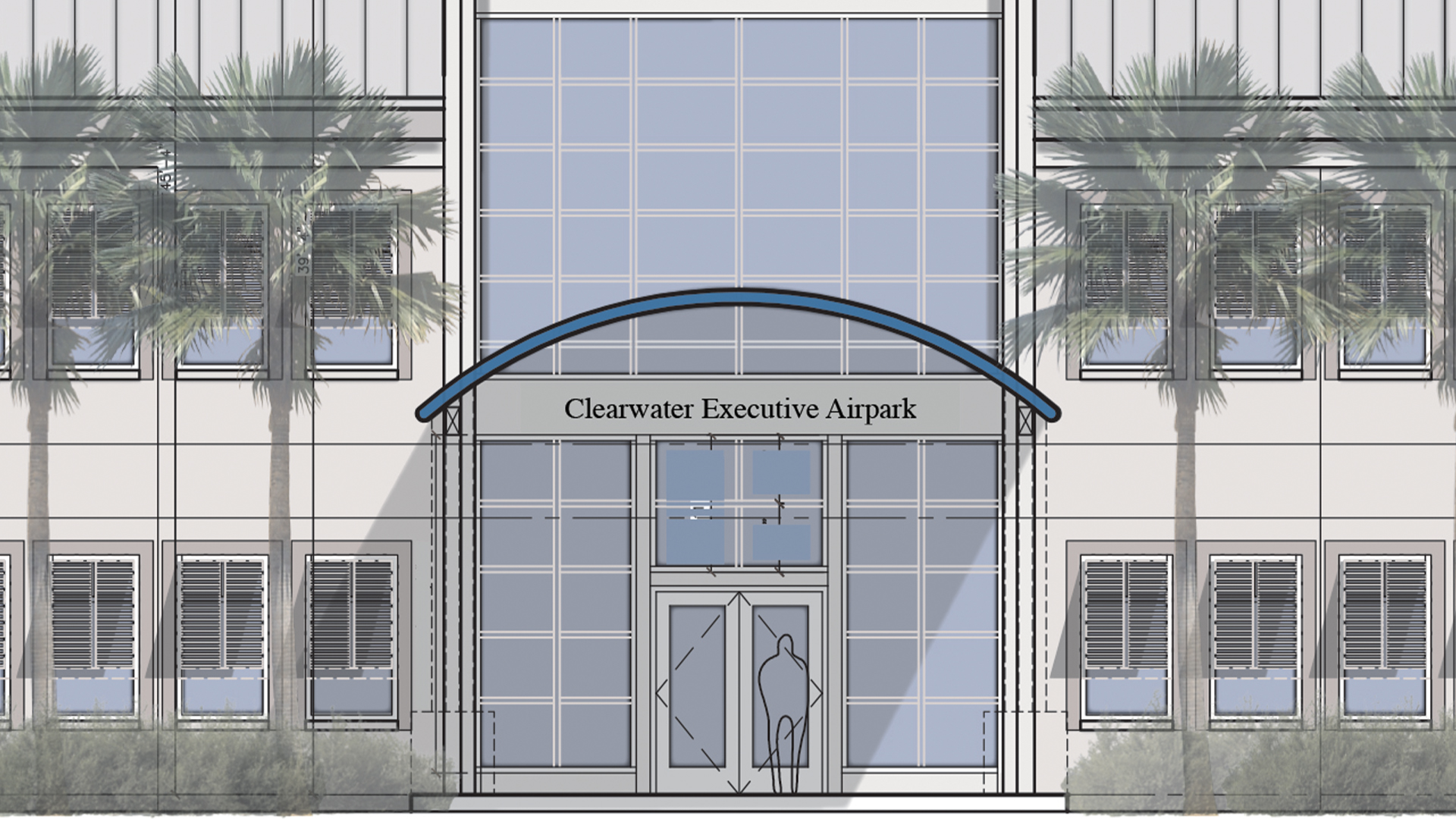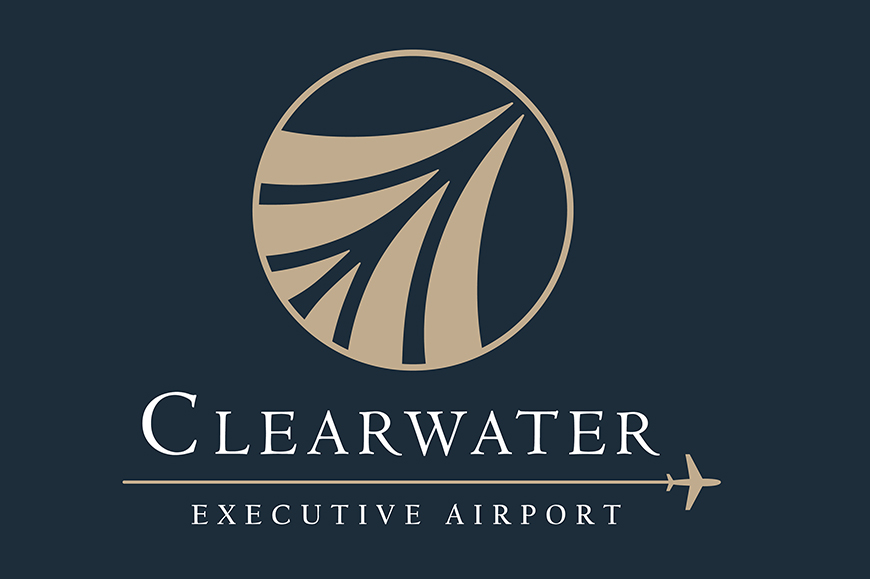From Private Land to Public Purpose
Before the first airplane ever touched down on its grass fields, the land now known as Clearwater Executive Airport (KCLW) belonged to the Fugazzi family, who owned the historic Picta Sabatia estate. Between 1934 and 1936, the Fugazzis generously donated portions of their land to the City of Clearwater, setting the stage for what would become one of the area’s most enduring transportation assets.
1939: A Humble Beginning
In April 1939, The airport officially opened its doors as the “Clearwater Executive Airport”, Initially catering to transient aircraft, it provided a simple but vital aviation stop along Florida’s Gulf Coast. At the time, the facility consisted of a grass airstrip covering 185 acres, and while modest, it served as a crucial waypoint for aviators during the golden era of general aviation.
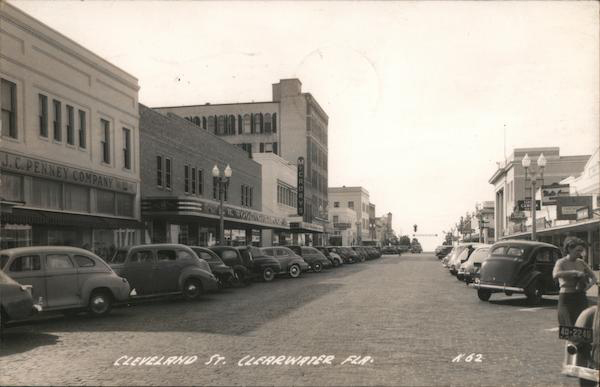
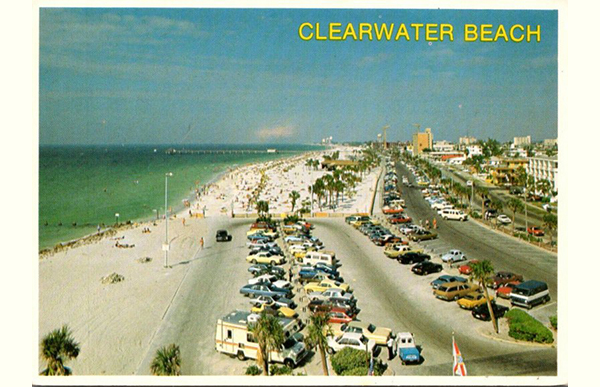
War-Time Closure and Post-War Revival
Like many civilian airfields during World War II, the airport was closed for security and logistical reasons. However, it reopened in 1945, returning to its role as a stop for transient aircraft and slowly re-establishing its footprint in the aviation community.
1954: A Formal Partnership Takes Flight
A major milestone came in 1954, when an official agreement was formed between the City of Clearwater and the Clearwater Flying Company, Inc. This marked the formal establishment of the airport as a city-sanctioned aviation facility. It was during this time that the airport began to grow steadily, driven by increased traffic and Clearwater’s rising popularity.
Growth Through the 1960s and Unexpected Detours
The mid-1960s saw significant development around the airport due to growth in downtown Clearwater and nearby industrial zones. But in 1970, a surprising shift occurred: Golf Park, Inc. purchased the airport and transformed the area into an 18-hole golf course and residential complex, even converting hangars into housing facilities. While aviation activities were reduced, the airport’s legacy endured.
Rebirth in the Late 1970s
Recognizing the importance of aviation to the region, the airport was refreshed and reimagined in the late 1970s. By then, what was once three grass airfields became a single paved runway, reduced to 62 acres but gaining a much-needed modernization. The surrounding land had since been rezoned for commercial use, making communication with the local community even more critical.
A New Era of Civic Ownership
In 1980, the City of Clearwater repurchased the land and officially resumed full ownership and operation of the airport and the name was changed to Clearwater Airpark. From that point forward, Clearwater Airpark grew steadily under public stewardship, with investments made in infrastructure, operations, and community engagement.
Honoring the Past, Soaring Into the Future
Today, FlyUSA and the City of Clearwater own and run the airport and have returned the name to its founding roots. The term “Airpark” was not really serving what this aviation hub is and odes for the region. As FlyUSA took over operations, along with revitalizing operations of an airport in derelict conditions, the team also decided to restore its original legacy and name that fits perfect with the vision and role the Clearwater Executive Airport will play in the region.
From the Fugazzi family’s original donation to the modern redevelopment now led by FlyUSA, Clearwater Executive Airport stands as a living symbol of evolution, resilience, and vision. Its transformation reflects both the rich history and the dynamic future of aviation in Clearwater.

